Examine Stunt Art through Banksy, Dali, Warhol, and Kahlo
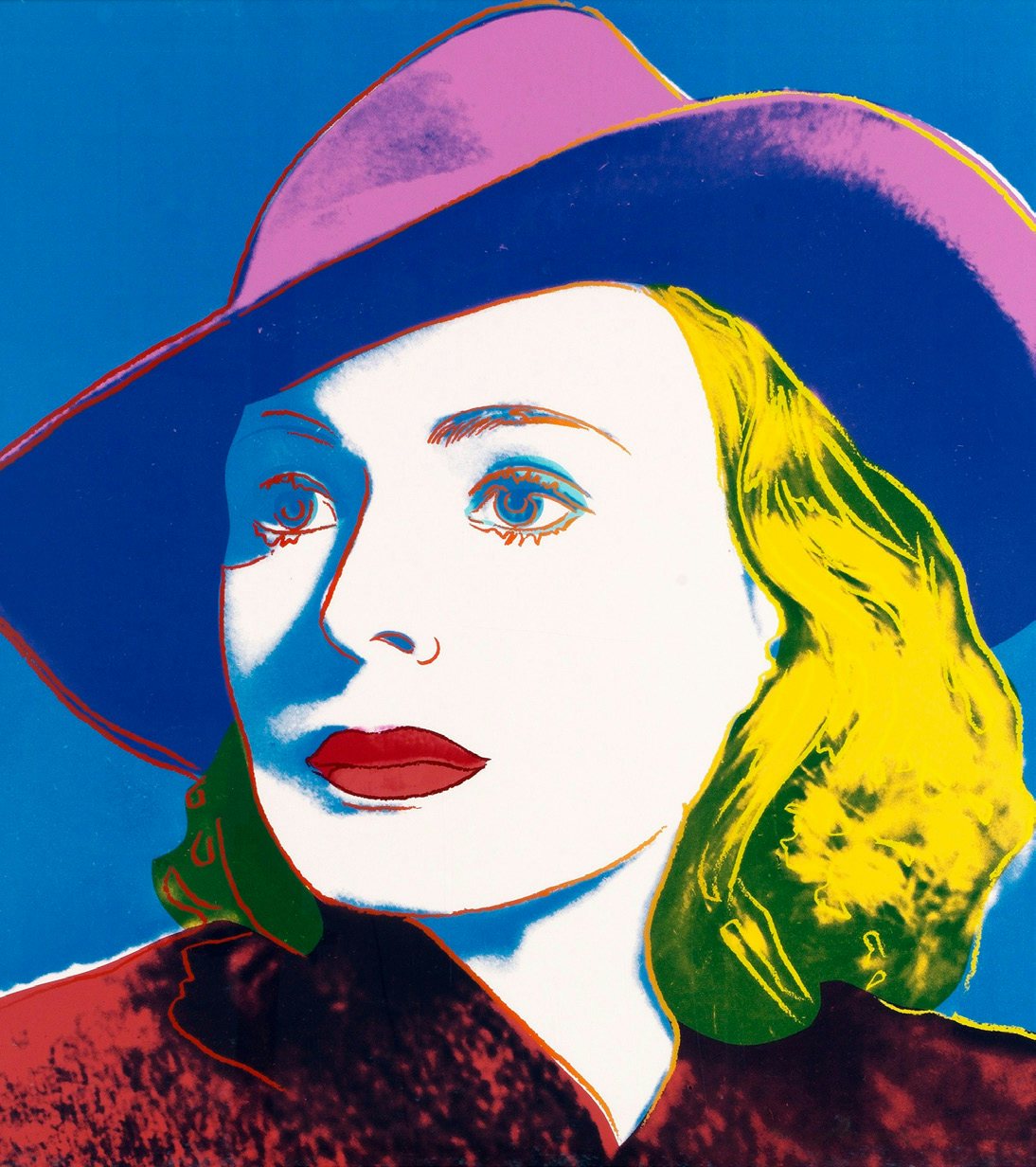
We are not talking about the type of stunt that you’ve seen in every Mission Impossible film. As much as these are also absolute feats, requiring both great skill and a daringness of sorts, these stunts are more about publicity and gaining attention. Isn’t that, perhaps, the very nature of the art world? Unless you are creating art for yourself with absolutely nobody seeing it, of course.
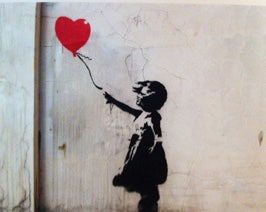
Take a look back to October last year, when Banksy, the anonymous England-based street artist, vandal, political activist, and film director, was up to some fancy new tricks. At a somewhat dull Sotheby’s auction, during the art world’s most important week in London, just as a version of his famous artwork, Girl With Balloon, grasped $1.4 million, it self destructed. A lovely stunt, indeed.
Shortly afterward Banksy released a video where he explains how he installed a secret shredder in the frame of this particular work. Known for his subversive, sometimes even satirical work, the artist upended the very idea of auctions — turning the destruction into its very own work of art. Or did he turn the auction into some theater of art? Banksy then quoted the great Picasso in his Instagram post. “The urge to destroy is also a creative urge.” A wink was given, and the art world split at its very seam. Some of the art cognoscenti praised Banksy’s ingenuity and loved that he upended the traditional model, and others poured vitriol forth criticizing him for his, what they saw as a “desperate need for attention.” We can only wonder if Michelangelo had some of this when he was painting chapels and frescos, or when Leonardo da Vinci decided to start sketching his inventions, what were his critics saying? Attention seekers in sooth, perhaps.
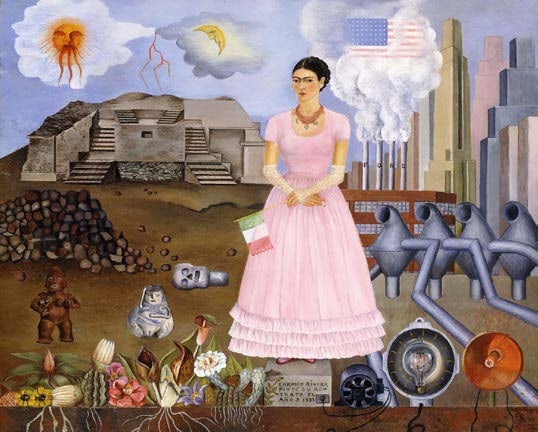
But what is art, an auction, if not just another way of deliberately seeking attention? “Look at me,” “buy me,” and “here I am” charging up the price to the maximum. This isn’t the first time we have seen stunt art. And it will not be the last. Think of the Spanish artist Salvador Dali, who rose to fame in the 1930s, not because he was doing what all the other famed artists were creating, but for the very opposite. He was attracting attention by going into surrealism. Dali greatly influenced film, fashion, and even politics by just simply seeing what nobody else was seeing — a world beyond what was real. But at the time critics called him an “attention seeker” and even a “hoax” and “conman.”
Frida Kahlo, the Mexican artist, did something similar where she simply drew what her mind was seeing — shocking, or even stunt-like, for a woman of the 20th century. Then, of course, there is the great pop artist of the last century, Andy Warhol, who created everything he did for attention, and publicly admitted he craved fame and publicity. We could argue that Banksy picked up a baton from artists dating back to the last century or even further into the past. How do we know whether the Khoisans’ first drawings on their caves in Southern Africa were as reviled or celebrated? What I am certain of is that when they started drawing on the walls of caves, someone in the group didn’t like it.

“I am not entirely sure I grasp what Stunt Art truly means, but if it is about provocative or shocking tactics to grab public attention, then art history is littered with examples of many artists that also pushed the envelope and made significant contributions to the canon of contemporary art,” shares Storm Janse van Rensburg, the Head Curator at the Savannah College of Art and Design®.
“In our more immediate past, some tactics can ring hollow, such as Damien Hirst’s catastrophic Treasures from the Wreck of the Unbelievable ”. He goes on to say, “I am for art that is nuanced, and complex, and poetic, and able to resonate with our current zeitgeist. And it could be softly whispering its message to you, or hit you like a sledgehammer. Also, I think we need to see this [stunt art] in context of other practices and approaches that are equally important and valid, and necessary to describe and respond to the complexity of our lived experience.” But really what is this thing the media is calling “stunt art” then? Is it really even “a thing?” We could argue that Marina
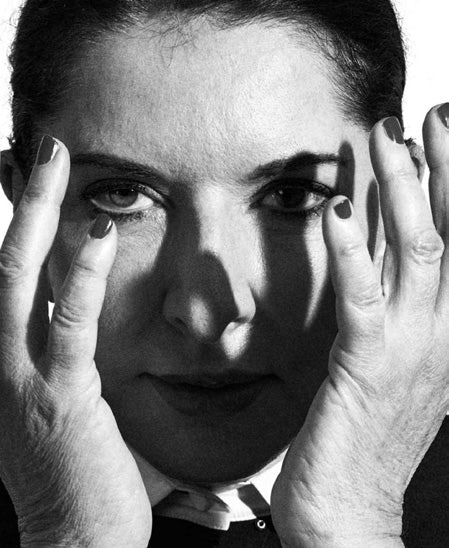
Abramovic, the esteemed performance artist, feeds on stunt. For one of her performances in 1974, called “Rhythm O,” Abramovic stood in front of an audience next to a table with 72 objects. The onlookers were given notes inviting them to use any of these objects on her, in whichever way they pleased for six hours. Objects included feathers, whips, scalpels, a rose thorn and even a gun. What started off with some soft prodding, turned into rose thorns digging into the artist’s body, and at some point, she even had a gun held to her head. “What I learned was that…if you leave it up to the audience, they can kill you,” said Abramovic.
So perhaps there is an expectation today, in the year 2019, that art is a form of amusement or delight. It has decidedly stepped down from its sheeny pedestal and decided that social media can spread it, critics can be teenagers with no art knowledge, and everyone can exchange in the sport of art. Even the art fairs are no longer for art buyers and snobs, but rather for people looking for a good time.
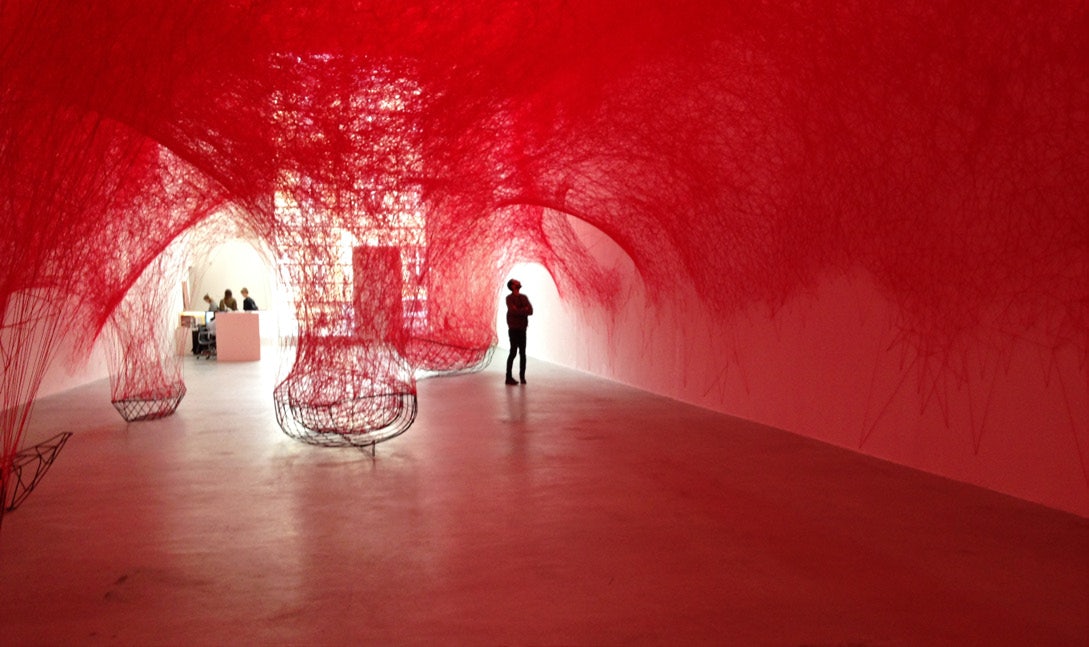
Museums are not just offering you hours of standing around looking at pictures, companies like Museum Hack are turning the model onto its head and offering you something unique and extraordinary. Take, for instance, one of their tours at the Metropolitan Museum of Art in New York — instead of just showing you the famous works, they take you on a tour of unusual, insignificant but far more interesting artifacts and quirky objects. Or their feminist tour where only female artists are explored. As Holly Frey, from the podcast Stuff You Missed in History Class, says, “History wasn’t just made by straight, white men; women have always been there.”
At SCAD, their visitor experience of moving through the museum incorporates multiple approaches, akin to a choreography through the various galleries. “All art is experiential, but we also try and understand what it means to immerse yourself in a project,” says Janse van Rensburg. Recent examples of exhibitions at SCAD include large-scale installations by Chiharu Shiota, Carlos Cruz-Diez, and Robin Rhode. “There is an expectation that museums should be sites of entertainment, which we embrace, but are also a place of learning, of knowledge, of contemplation, and our work is to stimulate students and visitors intellectually, and broaden their world views,” adds Janse van Rensburg.
So, contemplating Banksy once more; is he perhaps both complicit and wonderfully benefiting from sales? Is it all a hoax? “I admire Banksy for being able to grab attention with such cheap tricks,” says Janse van Rensburg. “To my mind he is not challenging the art world in any way, but simply exploiting its pretty obvious flaws, loopholes and existing power dynamics. The art market has the incredible knack to absorb its fiercest, or lamest critics, and turn it to its own use.”
Read Next
Navigator Newsletter Stay informed on all things yachting and luxury lifestyle with the bi-monthly Navigator newsletters.
